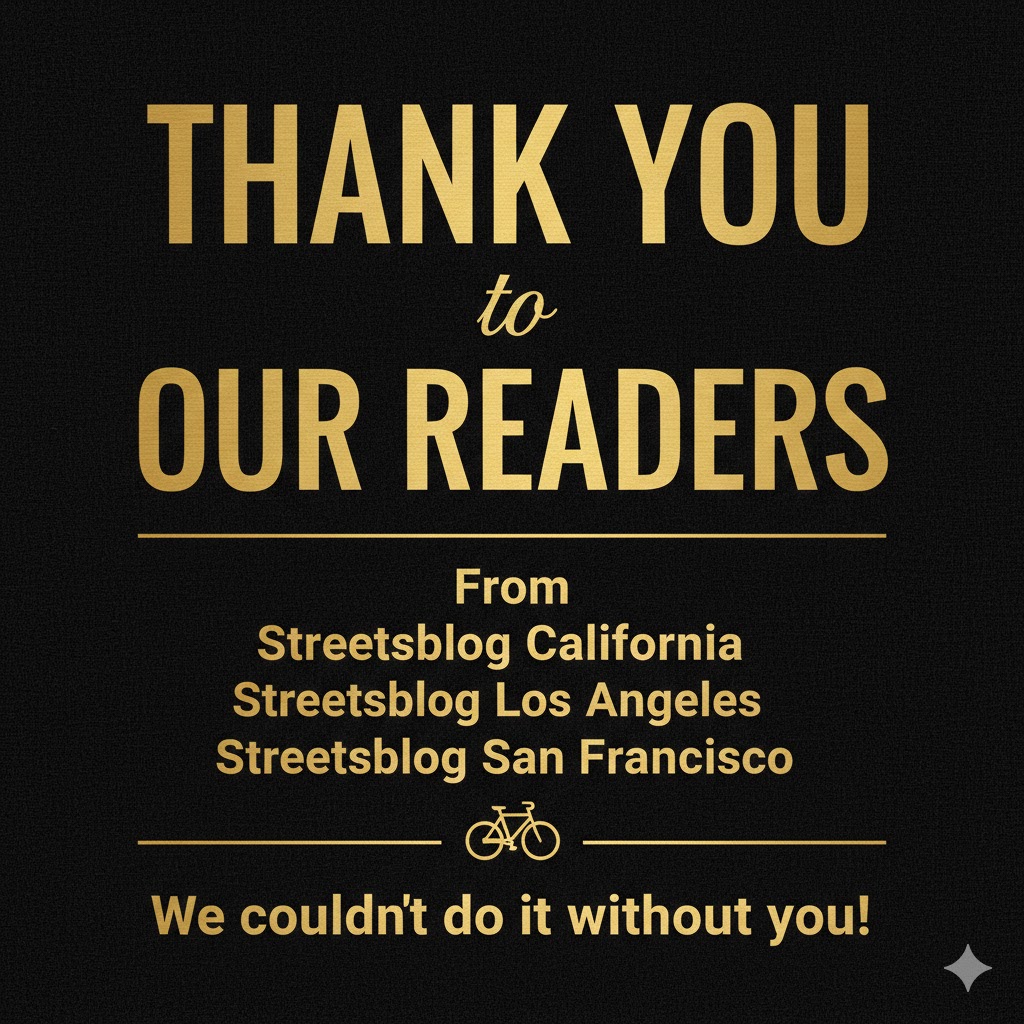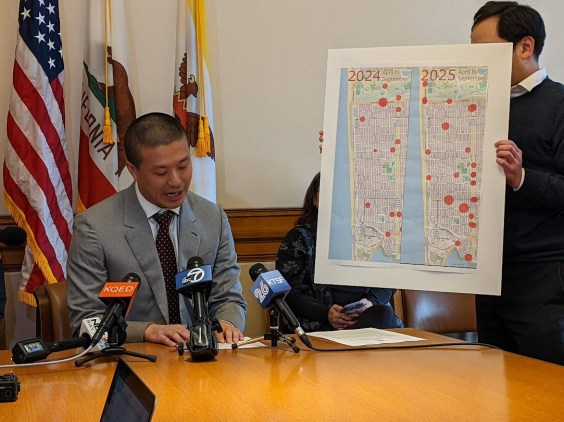A bill sponsored by the Bay Area Metropolitan Transportation Commission (MTC) would restructure the way funding is allocated and projects are managed in the Active Transportation Program.
S.B. 152, authored by Senator Jim Beall (D-Campbell), would hand over 75 percent of ATP funding to regional Metropolitan Planning Organizations (MPOs)--including MTC--and allow them to create their own process for deciding which projects to fund. This is a major change from the current program, which gives forty percent of the money to MPOs and allocates half through a statewide competition. Much of that statewide portion goes to projects within the MPOs, but MTC in particular has been unhappy with its share of that pie.
The bill calls for the MPO money to be allocated using a formula based on population, and given in a lump sum so that the regions would manage all project funding decisions. Even though under the current structure MPOs can choose their own list of projects, they are limited to ones that have already been scored through the state competition--although they don't need to use those scores to make their decisions--and all projects are overseen at the state level. That means allocation requests, changes, and extensions all must be considered and approved by the California Transportation Commission.
S.B. 152 would shrink the statewide competitive portion to ten percent of the total, from the current fifty percent, and focus it on "projects of a transformative nature."
Some of these changes are bolstered by a recent report from the Legislative Analyst's Office, which made several recommendations to the legislature. As discussed here, that report was largely about the lack of data available to measure the progress of the ATP. Yet its recommendations to consider restructuring the program were also not backed up by data.
These changes could have a profound impact on which bicycle and pedestrian projects get funded under this program and where they are. Look for a deeper discussion of the implications on Streetsblog next week.






